Diehard Apple fans pay double for the Apple Watch Ultra 2 for its 36-hour battery life and massive display. No doubt most Wear OS fans will scoff, since you can get comparable battery life at less than half the price with a Galaxy Watch 5 Pro. However, after months of using the Ultra 2, my biggest hope is that we see more Ultra-style Android watches.
Despite being a lifetime iPhone owner, I never used an Apple Watch before the Ultra 2 because the Series watches lacked the battery and fitness tricks to tempt me. But I pestered the Apple PR team for a six-month loan after seeing watchOS’ fitness pivot and how the Ultra 2’s dual-frequency GPS gave me confidence it could compete with the best fitness watches.
Google’s Fitbit acquisition and Samsung’s upcoming pivot to add AI-based « Vitality » data to Samsung Health prove that all mainstream smartwatch brands see fitness as a key foundation. Apple itself hasn’t quite hit the Garmin standard I’m looking for. But I suspect future updates will bring it across the finish line, and its third-party workout apps tip the scales for athletes.
As is, the Apple Watch Ultra 2 puts pressure on future flagship watches like the Galaxy Watch 7 Pro or Pixel Watch 3 to do more than their predecessors for serious (or casual) athletes.
Apple Watch Ultra 2: Price and bands
The Apple Watch Ultra 2 retails for a whopping $799, double that of the Series 9. Keep in mind, however, that the 45mm stainless steel Series 9 with cellular costs $749 or more (depending on the band type). The 49mm titanium Ultra 2 with built-in LTE doesn’t actually fall far from that premium range.
Courts briefly banned Apple Watch S9 and Ultra 2 sales at the end of 2023 over alleged patent infringement, and Apple’s legal woes are ongoing. For now, Apple will continue to sell the Ultra 2 legally by disabling its blood oxygen feature, circumventing a possible ban.
You have three band options: Trail Loop (Green/Gray, Blue/Black, or Orange/Beige), Alpine Loop (Blue, Indigo, or Olive), or Ocean Band (Blue, White, or Orange).
Of the three, the Trail Loop is our recommended « default » option for most people, as the nylon is comfortable and easily adjustable. The Alpine Loop has a titanium G-Hook that keeps it rigidly secure, which is important for adventurer types but less convenient in everyday scenarios. The Ocean Band is specifically for swimmers, with a water-repelling fluoroelastomer instead of water-absorbant nylon.
Apple Watch Ultra 2: Specs
| Category | Apple Watch Ultra 2 |
|---|---|
| Display | 1.92-inch (502 x 410, 338ppi) Retina LTPO OLED; 3,000 nits |
| Materials | Aerospace grade titanium, sapphire crystal glass |
| Protection | WR100, IP6X, EN13319, MIL-STD 810H (altitude, high temperature, low temperature, temperature shock, immersion, freeze with thaw, ice and freezing rain, and shock and vibration) |
| Design | Digital crown, side button, action button, 2 speakers, 3 mics |
| Processor | S9 SiP w/ 64-bit dual-core processor; 4-core Apple Neural Engine |
| Storage | 64GB |
| Sensors | HRM (passive AFib + high and low HR), ECG, skin + water temperature, water gauge, compass, altimeter, accelerometer, gyroscope, ambient light |
| Connectivity | LTE, Wi-Fi 4, Bluetooth 5.3, UWB, dual-frequency GPS, GNSS, Galileo, BeiDou |
| Battery life | 36 hours; 12 hours (GPS); 72 hours (low power) |
| Dimensions | 49 x 44 x 14.4mm; 61.4g / 2.17oz (w/out band) |
Apple Watch Ultra 2: What I love
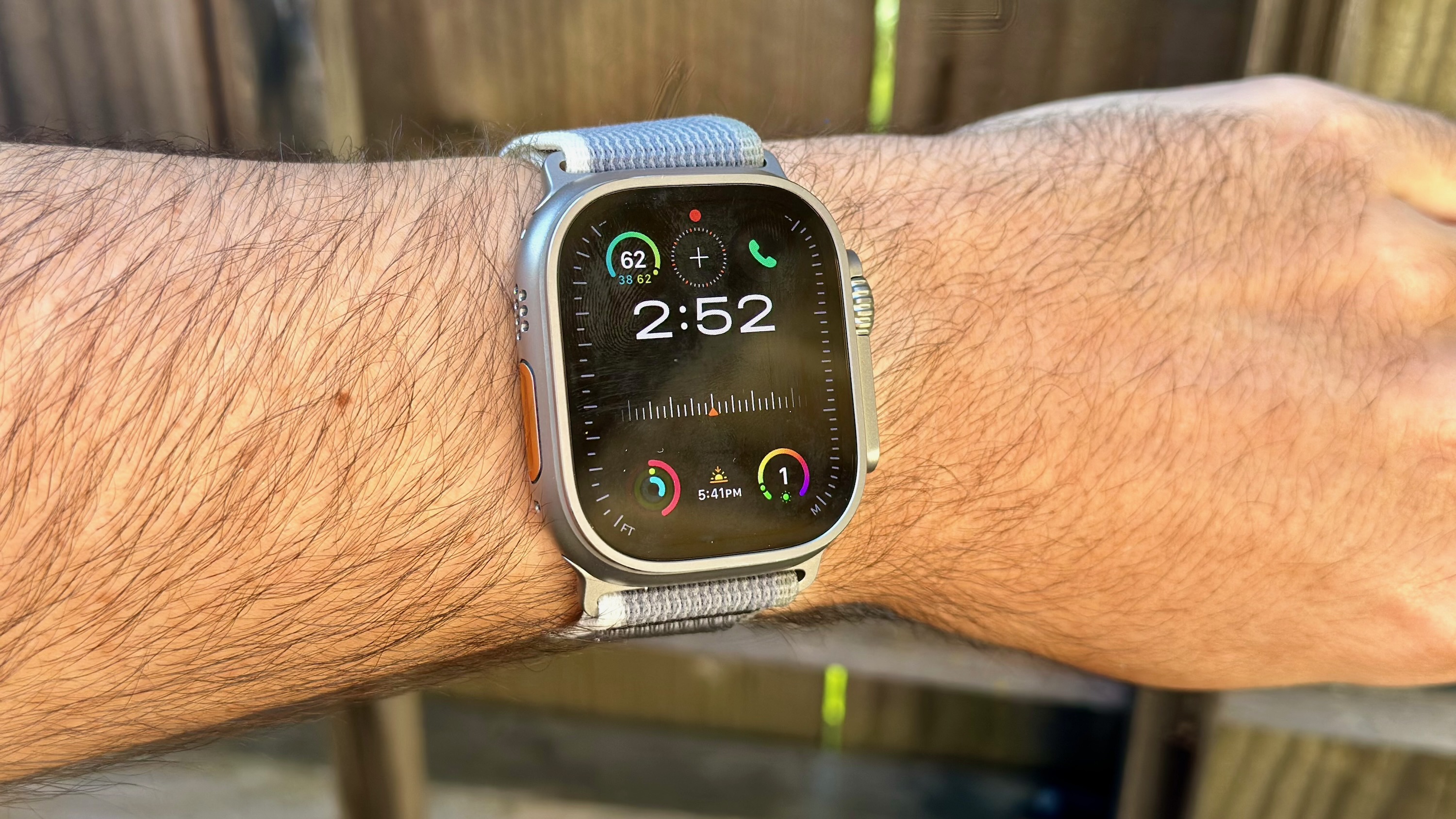
I’ve already written about my surprise at how much I love the Ultra 2, thanks to the giant display and reliable battery life. But my appreciation isn’t solely because of its size; unlike the Samsung Galaxy Watch 5 Pro, it’s not just a larger version of the mainline watch. Apple made more purposeful changes to make it feel like a proper flagship.
Look at the specs sheet above: The dual-band GPS, cellular support for emergency calls without a phone, three-mic array and dual speakers, diving certification, military-grade protection against damage, and action button are all exclusive to the Ultra 2 (unless you buy the cellular Apple Watch Series 9).
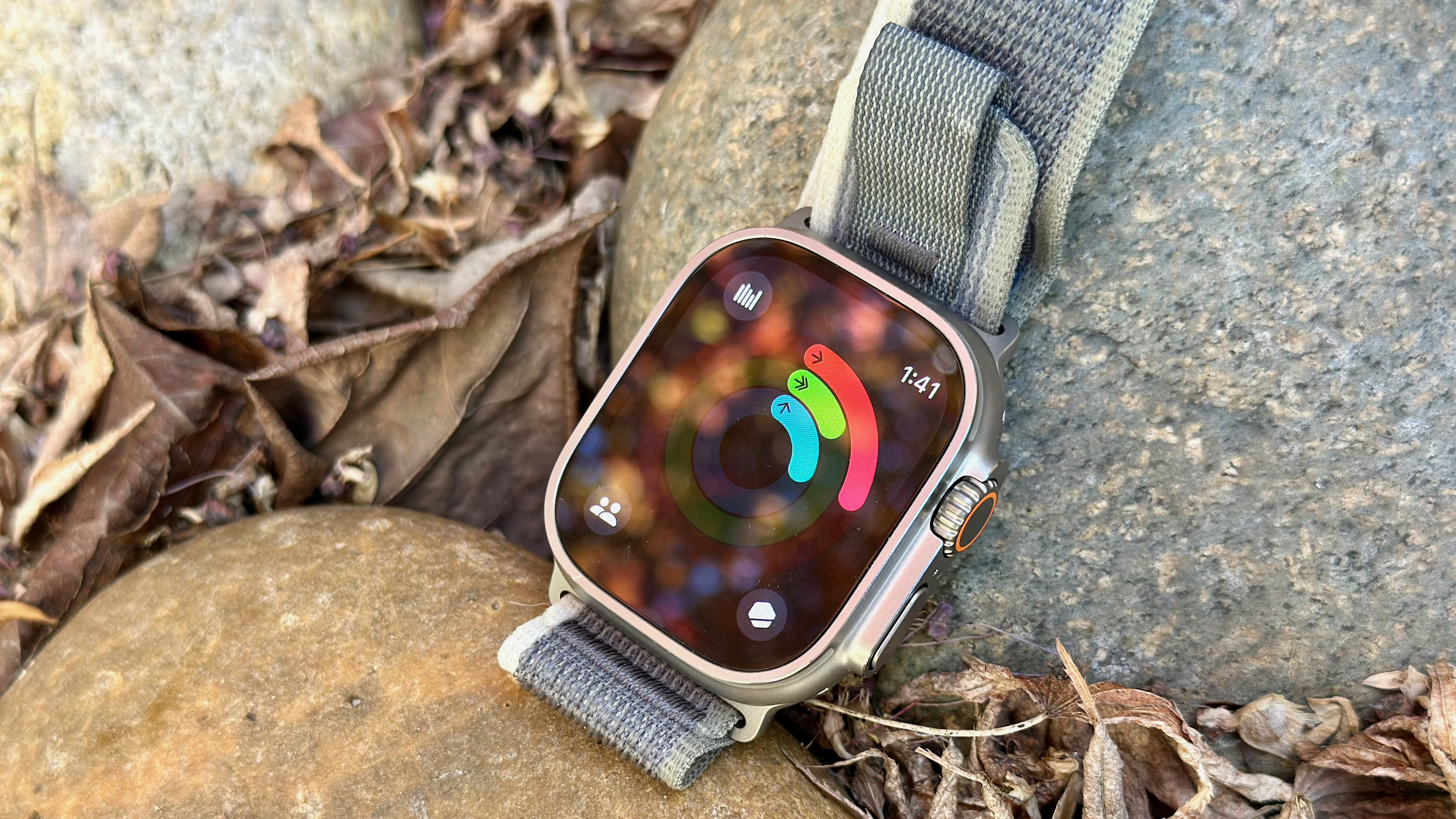
I might never have the chance to use its diving features, but I’ve certainly bonked this chonky watch against all manner of rough surfaces over the past few months, and both the titanium body and sapphire display have come through unscathed.
I tested calls on a windy mountain hike, and my family could barely tell the difference when I switched to my phone, thanks to the three-mic array. On my end, the dual speakers sound less tinny compared to other Bluetooth-enabled watches I’ve worn.
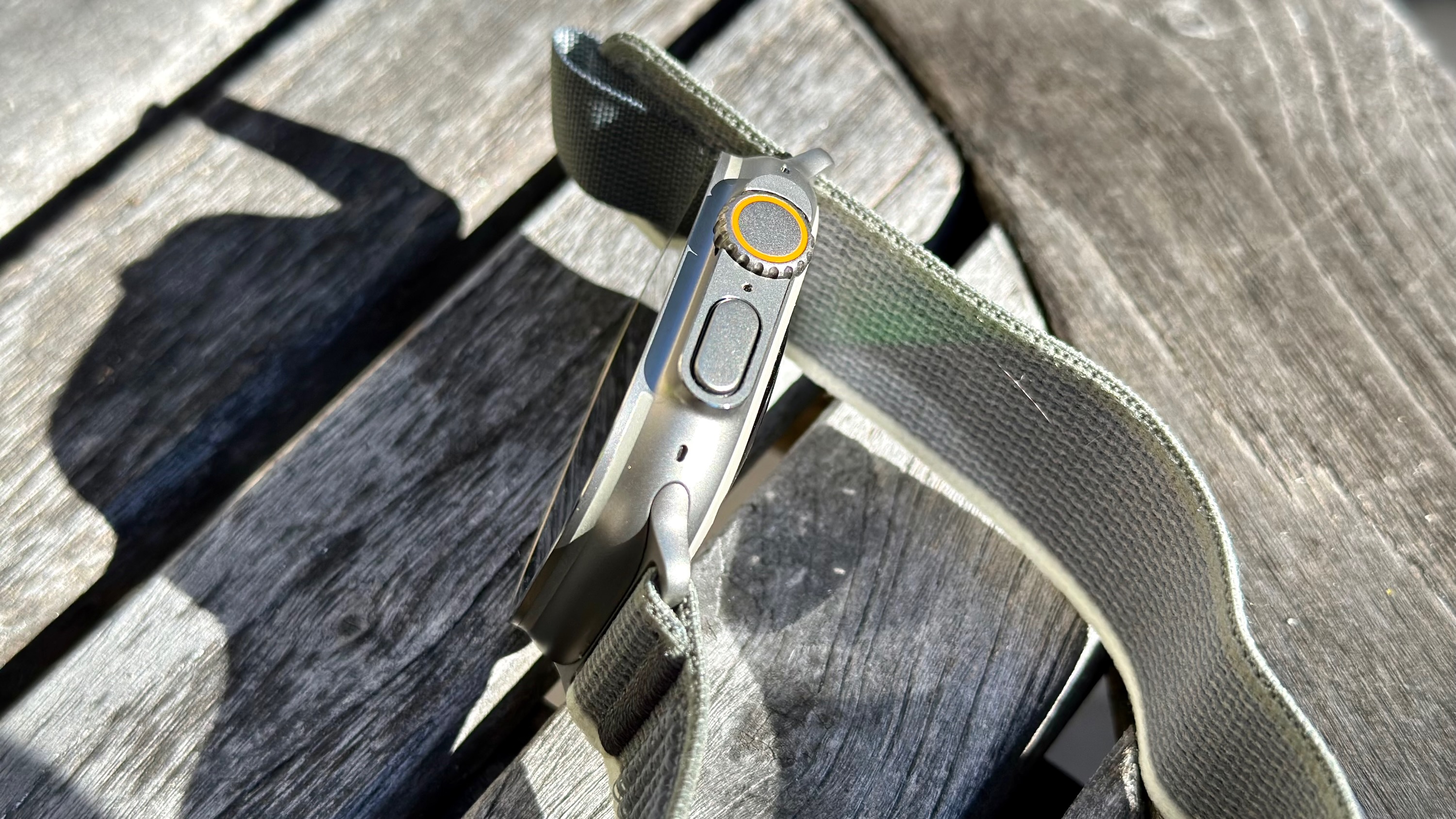
The action button, which pulls up the workout menu, is something I instantly took for granted. It’s a far better experience than having to look for the workouts app in my drawer. I simply wish it let you program a second shortcut with a double-tap.
While I appreciate all of this, it’s just the pleasant seasoning on top of the Ultra 2’s meat-and-potatoes upgrade that no other watch offers: 3,000 nits of brightness on a 1.9-inch display.
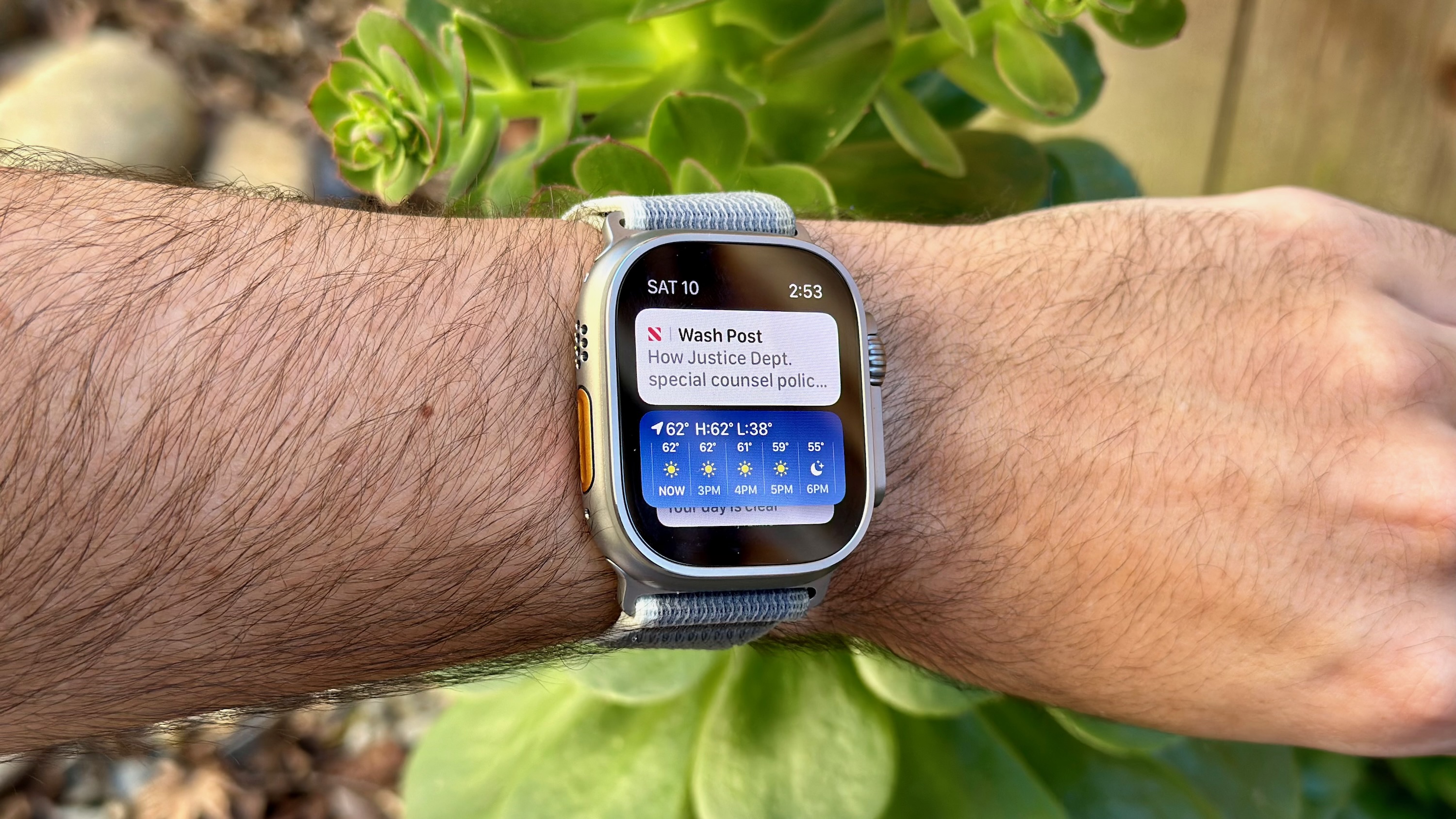
As someone with steadily worsening eyesight, I find the Ultra 2’s full-sized notifications much easier to read than I’m used to with a watch or smartphone. I can glance at the shared photo or the first few lines of an email without moving my wrist from its typing position, then go right back to work unless it’s something relevant.
If it’s important, I can swipe up and see a few quick reply options, all visible because of the squircle design. I know Android watch fans love their circular watches for the design, but the Apple Watch Ultra 2 is so much more useable that it’s hard to go back to round-edged displays that only have room for one thing at a time. It’s why I’m hoping the rumor about a square-shaped Galaxy Watch is true.
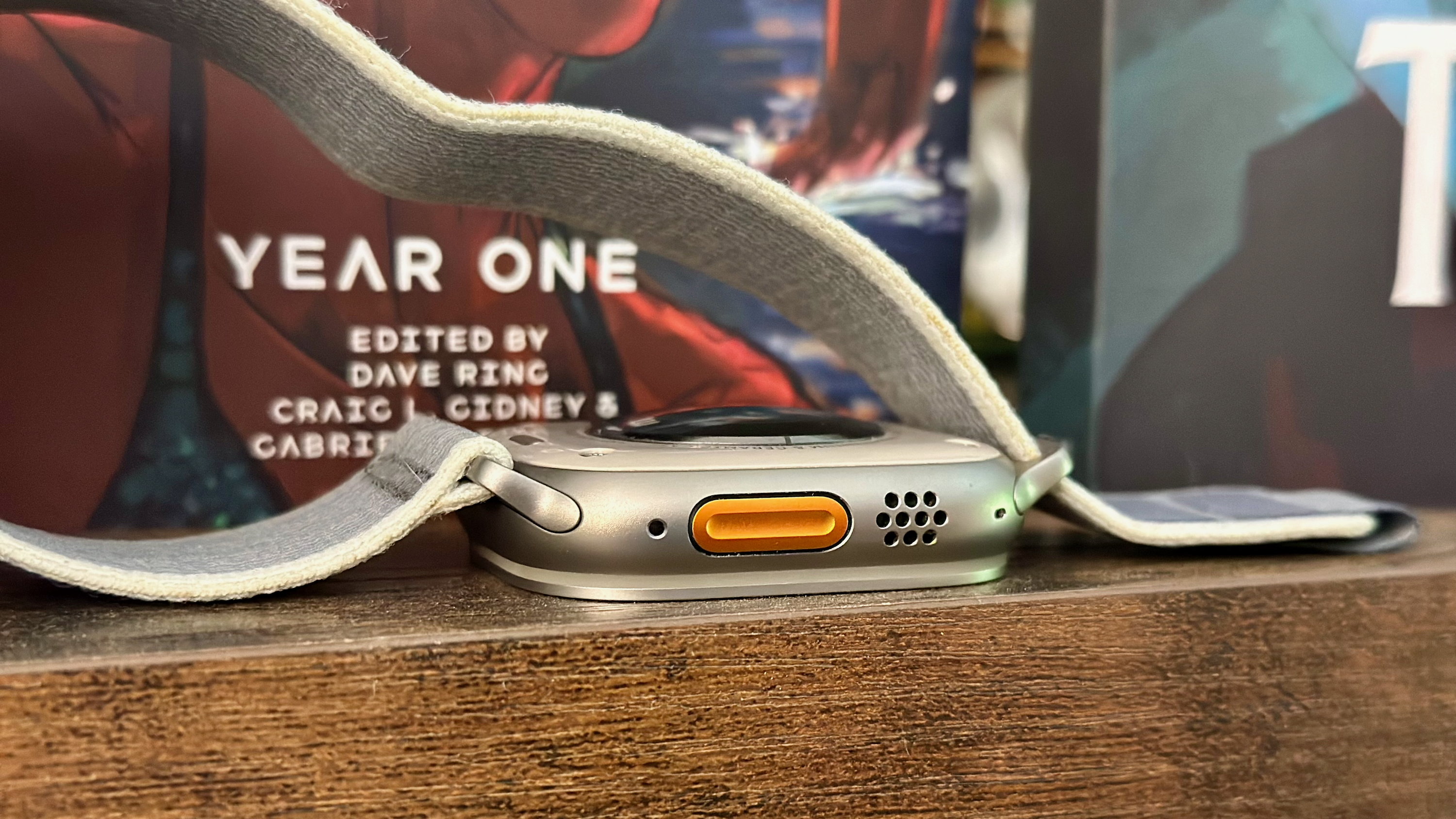
Unlike the Series 9, which is functional but boringly consistent, the Ultra 2 feels distinct with its contoured edges carved into titanium. I won’t pretend it isn’t massive, but it’s pleasingly futuristic looking, with every speaker or mic hole giving the surface standing out for some nice texture. And at 14.4mm thick, it’s on par with a flagship Garmin watch.
Since this is my first Apple Watch, I can’t claim to know whether the Ultra 2 and Series 9 have 30% faster performance over the last generation — courtesy of the first new CPU since the Series 6. My colleague « didn’t see any noticeable difference » in his Series 9 review, so all I can say is that I’ve rarely spotted lag across months of sporadic use. Apps open, and Siri responds without delay.
While I’m nowhere close to using up all 64GB of storage, I’d much rather have too much than not enough. I appreciate having the option to save a bunch of audiobooks and music playlists to stream through my AirPods, along with the battery life to play them without risking the watch dying.
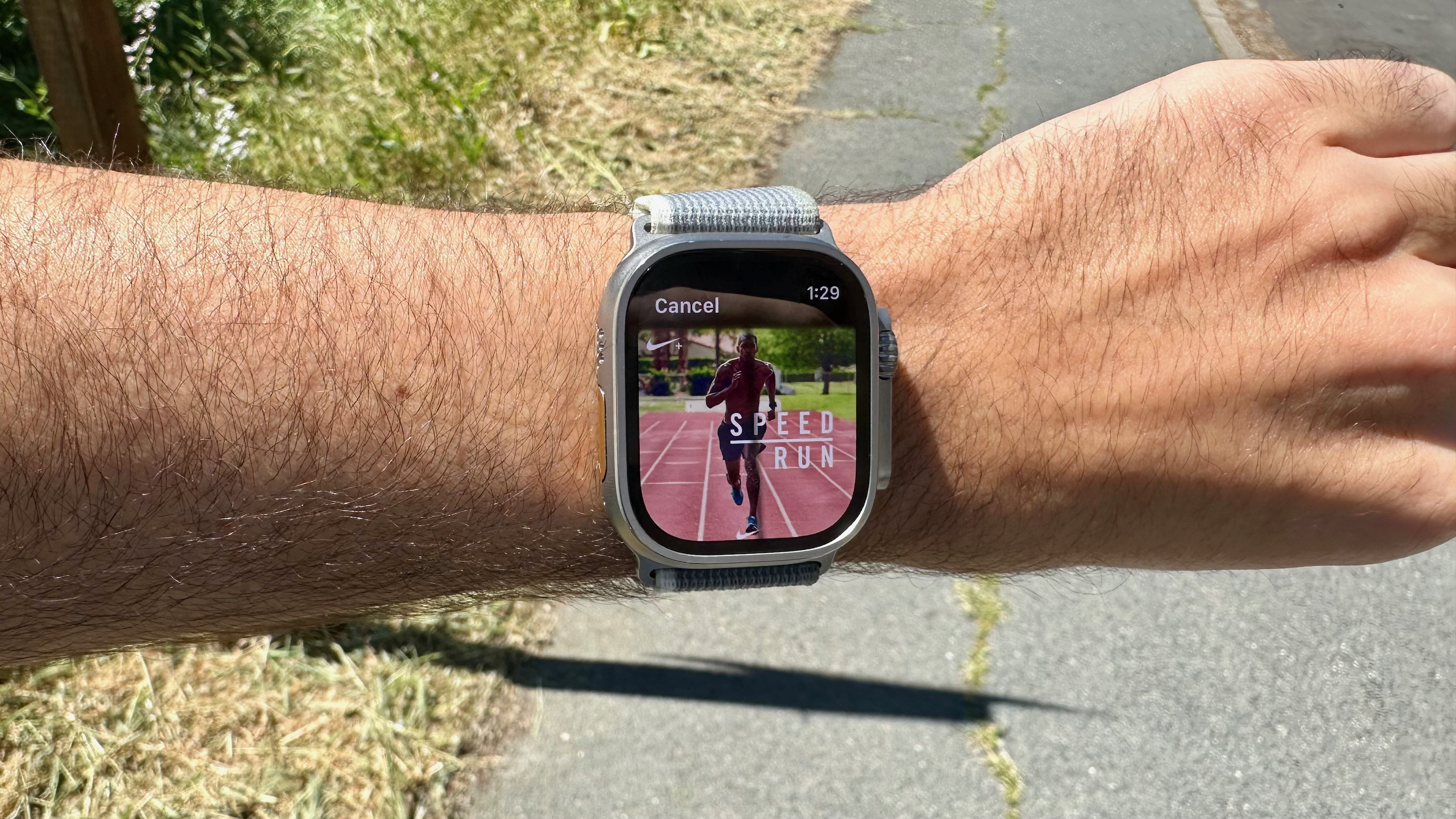
This storage space also provides plenty of room for apps. Long-time Apple Watch owners probably take third-party apps for granted, but I don’t. Having access to watchOS apps like WorkOutDoors or Nike Run Club makes up for any deficiencies with Apple’s on-device software because you can typically find 3rd-party software to fill the gap.
This strays beyond the confines of this review, but I’ll end this section by pointing out that WatchOS seems to have more high-quality apps than Wear OS in key areas — most likely because of Wear OS 3/4’s relative newness and Apple’s wearable sales dominance. I don’t like that Android users get short shrift, but I’ll still point it out.
Apple Watch Ultra 2: Fitness accuracy
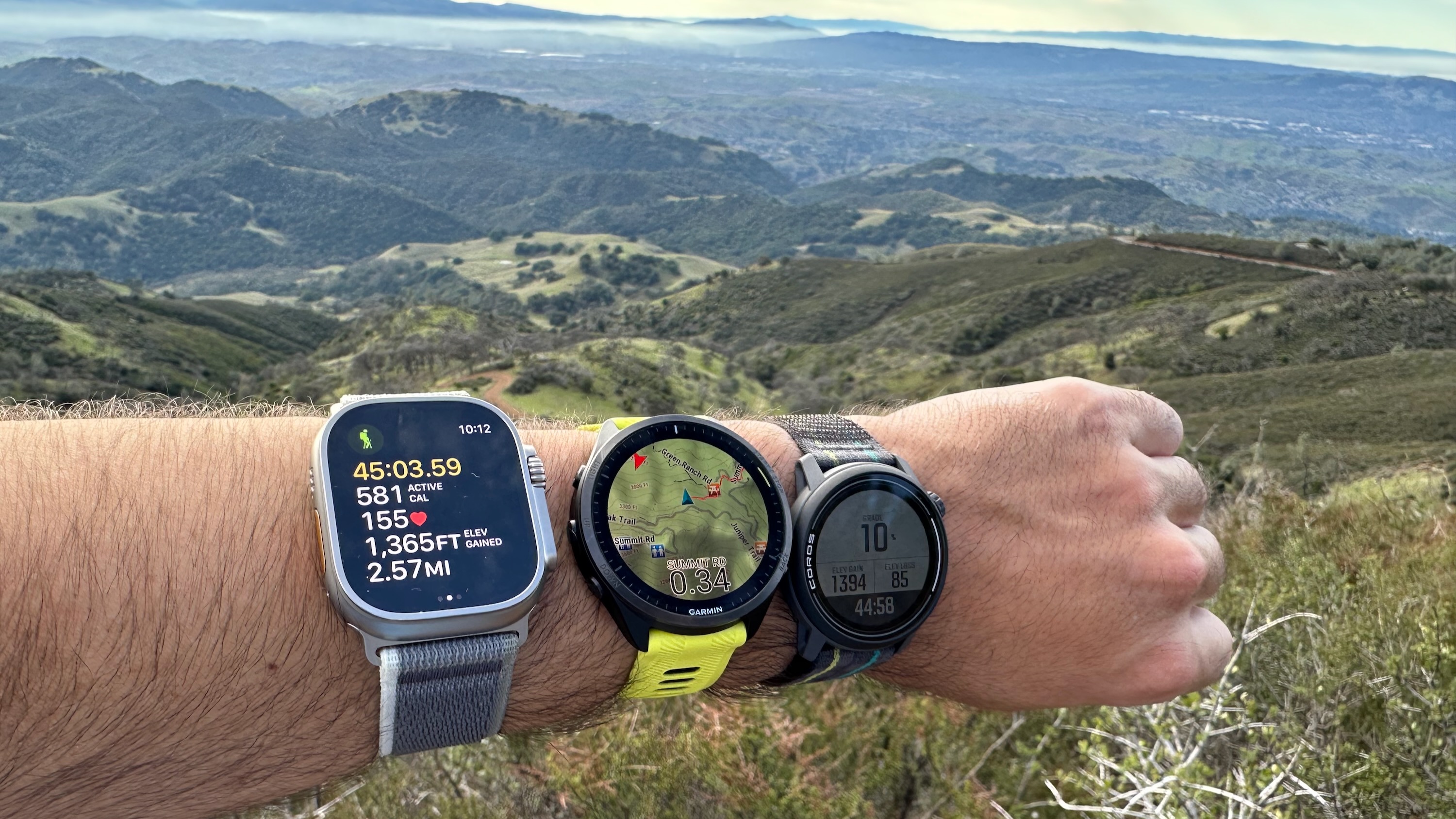
If you’re spending $799 on a fitness smartwatch, you can expect a certain level of accuracy in your post-run stats. So, how does the Apple Watch 2 Ultra perform compared to a traditional fitness watch like the $599 Garmin Forerunner 965?
Across several running and hiking activities, I wore both the Ultra 2 and Forerunner 965 so I could compare their GPS tracking, heart rate data, and running dynamics (aka running form stats). We’ll start with this 10K city run below, which had minimal trees or buildings to block the signal; I was surprised to see Apple (orange) beat Garmin (blue):
Garmin usually crushes the competition, but Apple managed to snap to the real-life map better in key areas; in others, Garmin did better, or they both stuck to the trail. Overall, their results were only one-hundredth of a mile apart, whereas a GPS-only watch like the Series 9 wouldn’t do nearly as well.
Later, during my smartwatch elevation test wearing multiple watches while climbing a mountain, the Ultra 2 came closest to the official Alltrails data, with just an eight-foot difference in total feet climbed and 24 feet higher than the official max elevation.
That being said, looking at the actual GPS line on the hilly, tree-covered trail, the Ultra 2 did slightly worse than the 965; the mileage was only two-hundredths off across 7.5 miles, but you can see how the orange line drifts slightly more off the trail below:

The most noticeable Apple Watch Ultra 2 difficulty came during a half-marathon trail run, which had dense foliage and clouds. For whatever reason, the Ultra 2 had two moments where it completely lost my positioning — see the straight orange lines on the bottom-right and top-left of the map. I suspect that Apple’s map-correcting algorithm isn’t as reliable for trail runs as it is for city runs.
Because of this, the Ultra 2 added an extra 0.65 miles to my total, completely skewing the results despite being accurate everywhere else. At one point, it registered me running at 88 miles per hour, which suggests I might be capable of time travel.

Overall, I’m inclined to believe that the Apple Watch Ultra 2 gives me reliable tracking data and that my latest experience during my half-marathon was an aberration. In normal circumstances, it matches Garmin’s industry-leading dual-frequency tracking step for step. But if you use it for hiking in tree-rich areas, keep an eye out for moments when it might have sudden gaps in coverage.
For heart rate data, Apple Health’s GPX export doesn’t include heart rate data, so I can only compare generally against other watches.
Across six tracked workouts wearing the Forerunner 965 and Ultra 2, they shared the exact same average heart rate. Given how well Garmin’s Elevate v4 sensor has done compared to chest straps in my testing, this reassures me of Apple’s accuracy in general, even if the Apple Fitness HR charts are too vague to dissect properly. I also like that you can customize your heart rate zones.
Next, I looked at each watch’s running stats data. In terms of cadence (number of steps per minute), Apple and Garmin were in lockstep, never more than one SPM apart. The same goes for stride length — typically about 1m on both watches.
For more nitpicky stats like vertical oscillation and average ground contact time, Apple slightly underreported my numbers compared to Garmin, but at a consistent gap. I don’t know which is more accurate, but you can count on using either as a benchmark to judge your progress.
The only noticeable difference is that Apple consistently reports my running power as about 100W lower than Garmin does, despite sharing the same running form, heart rate, and distance stats. After checking other post-run summaries from COROS and Polar, I’m certain Apple’s power calculation is off compared to other brands.
Apple Watch Ultra 2: What you won’t love
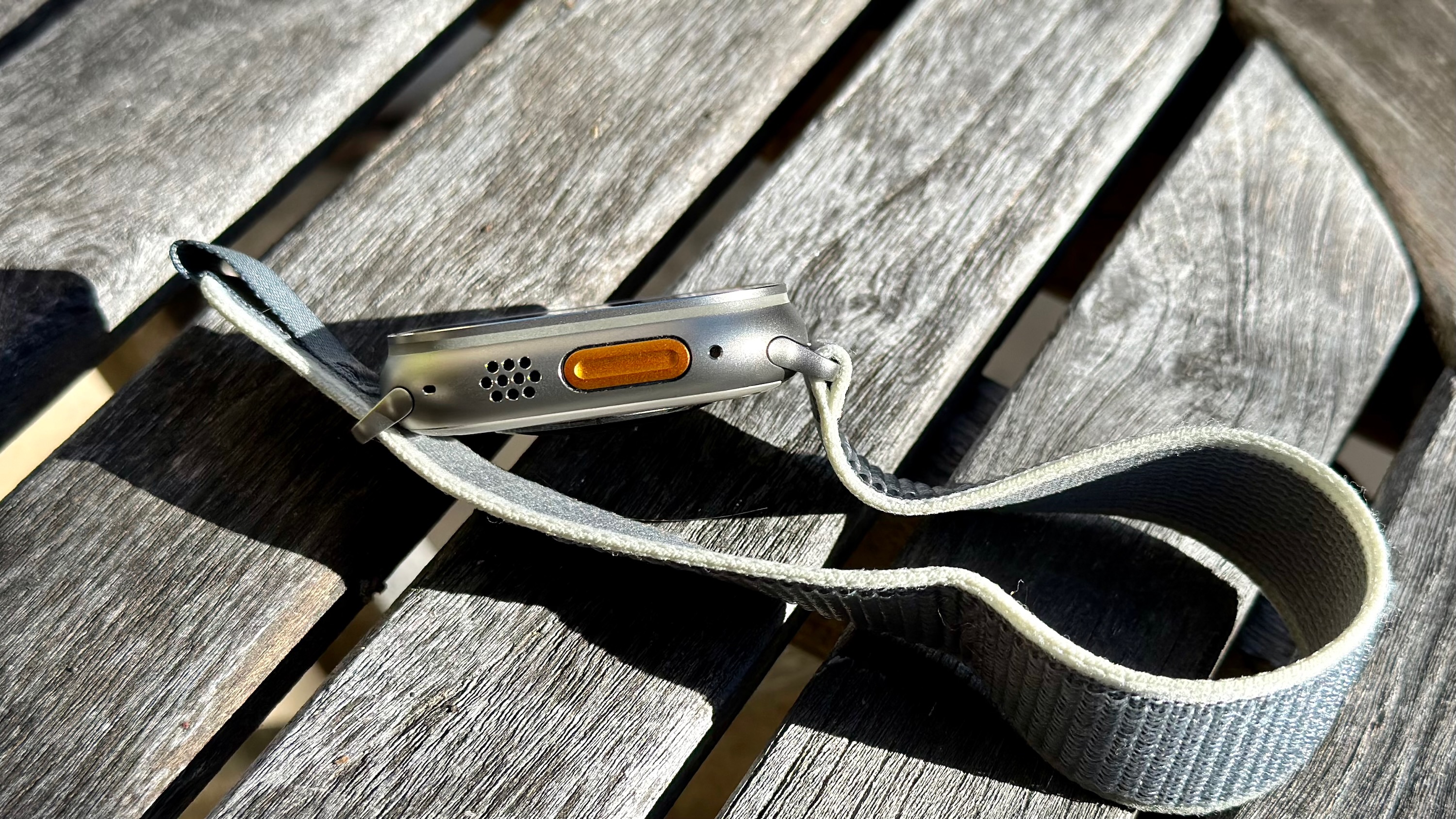
Once you pay for an iPhone 15 Pro and Apple Watch Ultra 2, you’re looking at close to $2,000. It sort of evens out when you put it against a Galaxy S24 Ultra and Watch 5 Pro because Samsung’s flagship phone is so expensive. Either way, it’s a lot of money to spend on a smartwatch. You can make the case that the Ultra 2 has the longevity to justify it, but you can just as easily argue that no smartwatch should cost so much.
I wasn’t certain if you’d be allowed to spend $799 on the Ultra 2, given Apple’s months-long legal woes with Masimo over its alleged blood oxygen patent infringement. As is, it’s missing a pretty crucial feature for sleep tracking, one that most fitness watches (or regular smartwatches) have. If that’s an issue for you, we have a guide on the best watches for SpO2 tracking.
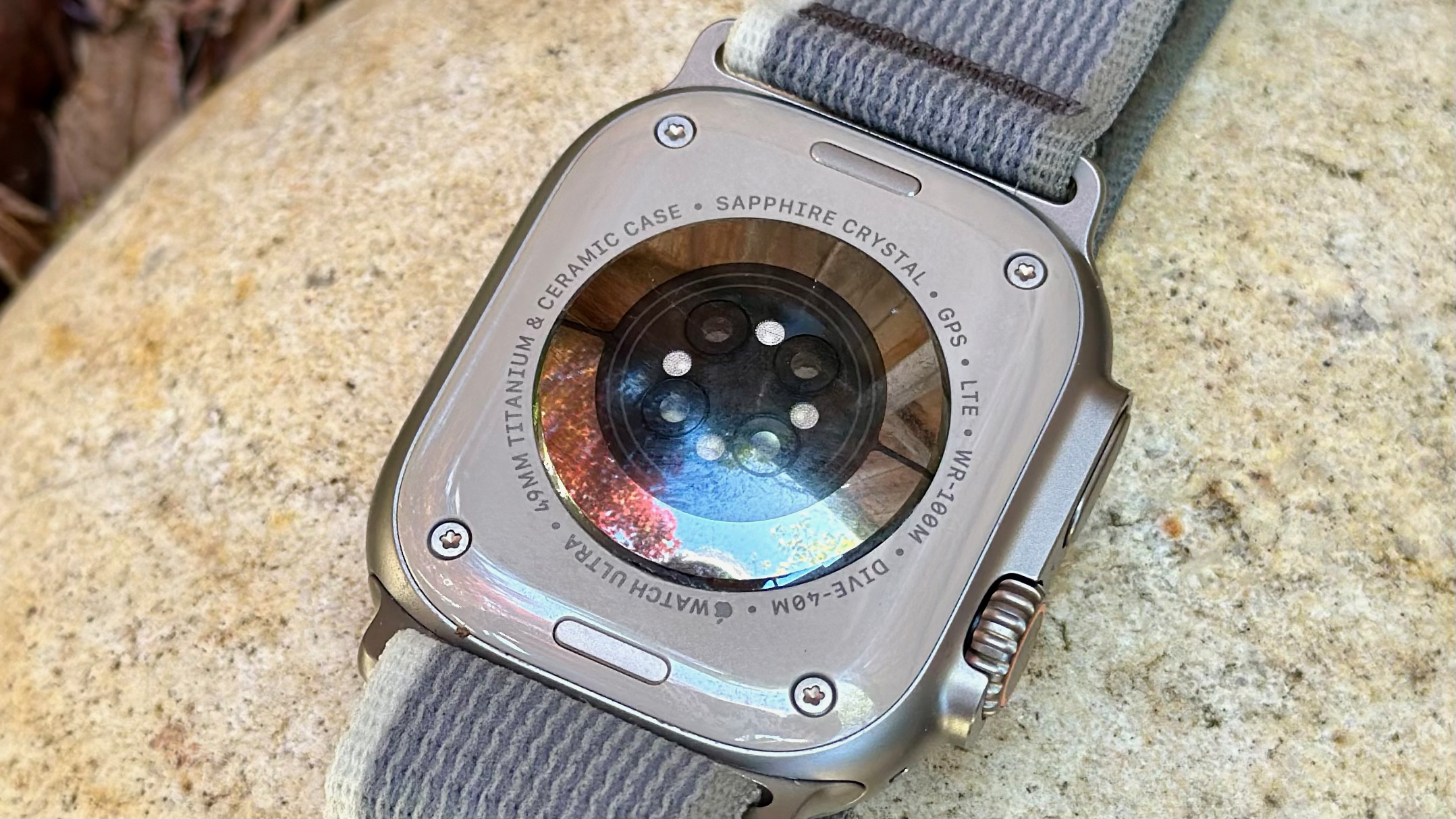
As for the watch itself, you’ll have to accept how heavy it is. To be clear, anyone who wears a premium Garmin Fenix or COROS VERTIX might find the Ultra 2 on the light and thin side, especially with the nylon band. I’ve gotten used to its weight over time, and it sits flatly on my wrist without too much discomfort when I bend it. That said, almost any other watch will feel less noticeable on your wrist.
Plus, of course, Apple’s Ultra 2 battery life is only long in the context of everyday smartwatches; its 12 hours of dual-band GPS is solid, and it quickly recharges, but it’s far more likely to idle down to a questionable percentage the night before a race if you’re not careful. Compared to the Galaxy Watch 5 Pro’s 80-hour average, 36 hours is more pedestrian.
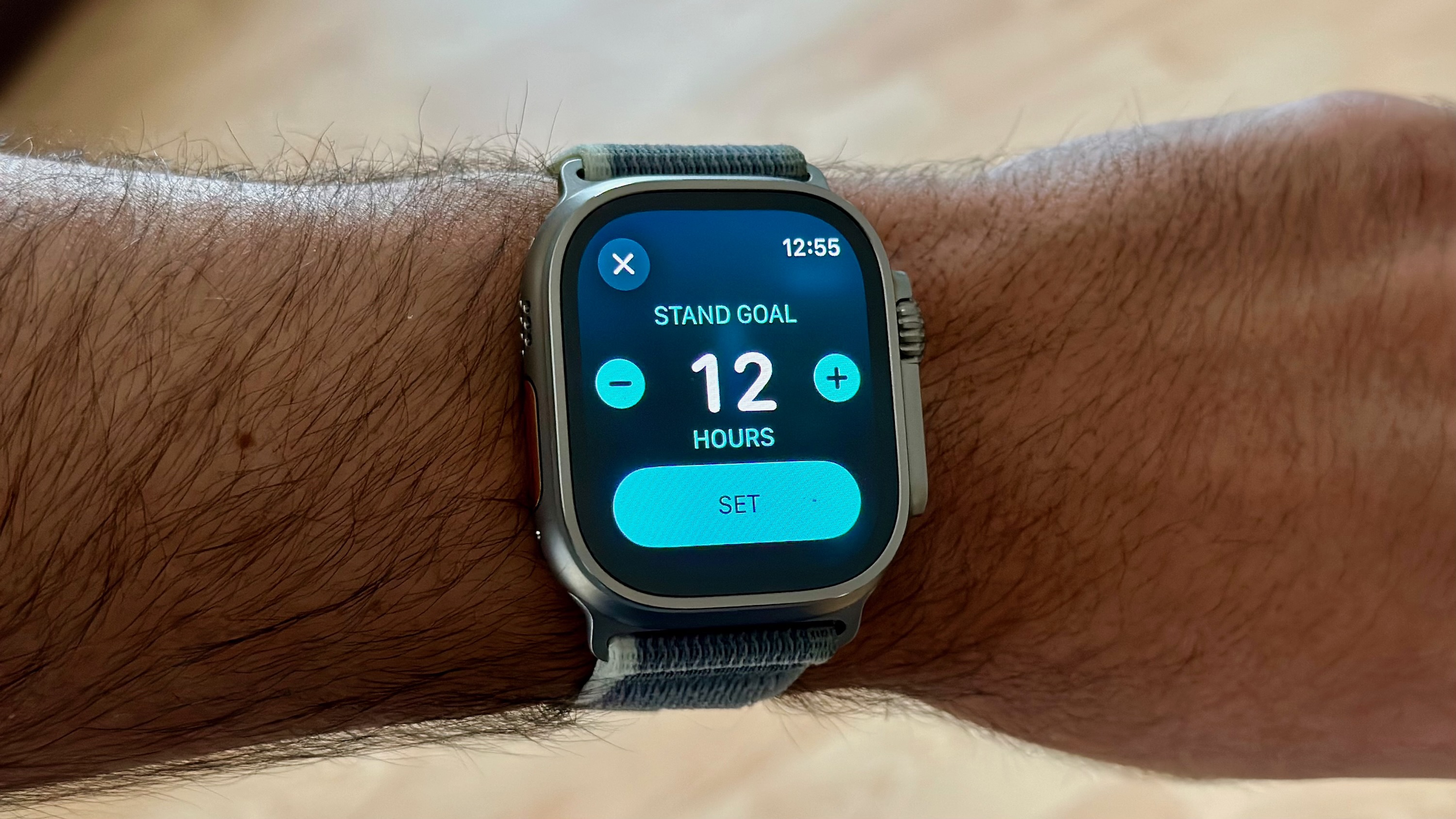
My bigger issue with the Ultra 2 is what it’s missing compared to other fitness brands. Because I’m not much of an indoor workout person, Apple Fitness Plus doesn’t appeal to me. Apple automatically tracks certain outdoor activities, and watchOS 9 and 10 have prioritized running, hiking, and cycling, but it hasn’t fully caught up to dedicated fitness brands.
Apple has yet to announce an equivalent to a daily readiness score based on your sleep and activity data or a daily recommended run based on your VO2 Max and recent workouts. It doesn’t track the training load or effect of a workout, nor does it tell you how long to wait until your next run. It just expects you to close your rings every day.
And on that note, the Ultra 2’s activity rings aren’t always accurate when it comes to move reminders, telling me I’ve stood up or burned calories during hours at my desk, presumably due to my nervous fidgeting. That being said, I still love Apple’s ring-closing concept enough that I don’t mind the occasional glitch. It’s still motivational, and that matters to me more than perfect accuracy.
I hope that watchOS prioritizes post-workout data while adding new watch face complications to show this data on the massive Ultra 2 display. Heck, I’d even take something as simple as showing your step count on the watch display without having to look in the Activity app.
Apple Watch Ultra 2: Competition
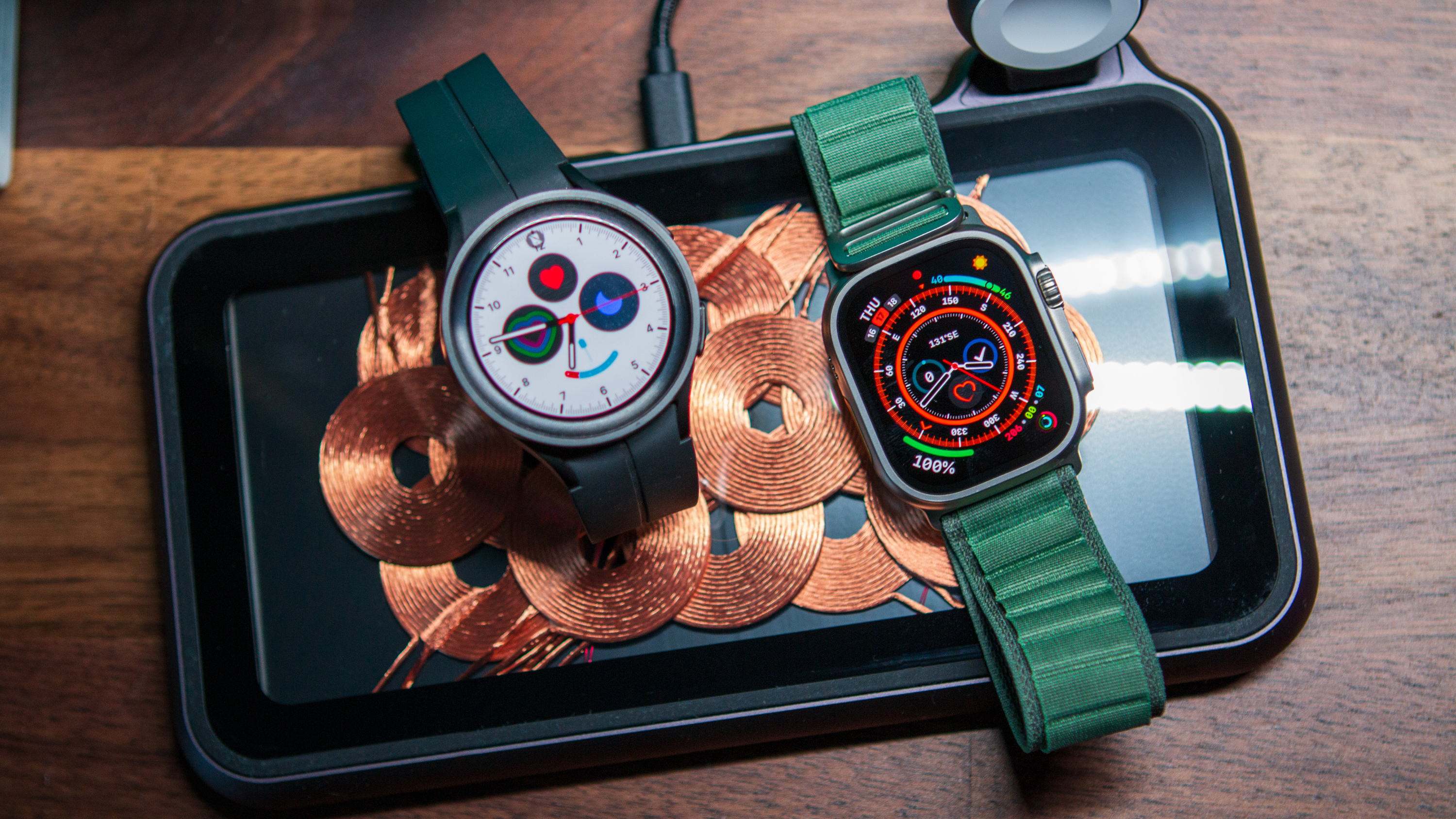
If we’re strictly looking at smartwatches with long battery life and app support, the 80-hour Galaxy Watch 5 Pro would be my first recommendation. It also uses a titanium, military-grade design with similar sapphire glass but without the diving capabilities. It consistently lasts much longer, though the 1.4-inch display isn’t as spacious or bright. Plus, of course, it doesn’t work for iOS users.
The Garmin Epix Pro (Gen 2), with its titanium frame, bright AMOLED display, and fitness focus, is another alternative with one major downside: the lack of apps and phone-watch synchronicity. If you can accept that, you’ll get the same dual-frequency GPS, robust mapping tools, and similar health data as the Ultra 2. It arguably wins for fitness with suggested workouts, calculated hill and endurance scores, and a built-in LED flashlight. It lasts significantly longer at 31 days or 38 dual-band GPS hours. It’s quite expensive, so you may want to look at other Garmin watch options.
Lastly, of course, you have the Apple Watch Series 9, which has the same watchOS software without the doubled battery life, rugged design, and larger, brighter display. Despite this, you can still use the Series 9 for basic fitness activities; you’ll just need to charge it afterward.
Compared to the best Android watches, the Pixel Watch 2 has the upside of its Fitbit Premium recs and reliable heart rate data for a much lower price, but that tiny display takes getting used to after becoming accustomed to the Ultra 2.
As for Samsung, my Galaxy Watch 6 fitness test underwhelmed me with its wonky GPS results and lack of proper workout guidance. I’m still holding out hope that the Watch 7 Pro will provide a more Ultra 2-like experience with a bigger fitness focus, along with better sleep data via the Galaxy Ring.
Apple Watch Ultra 2: Should you buy?
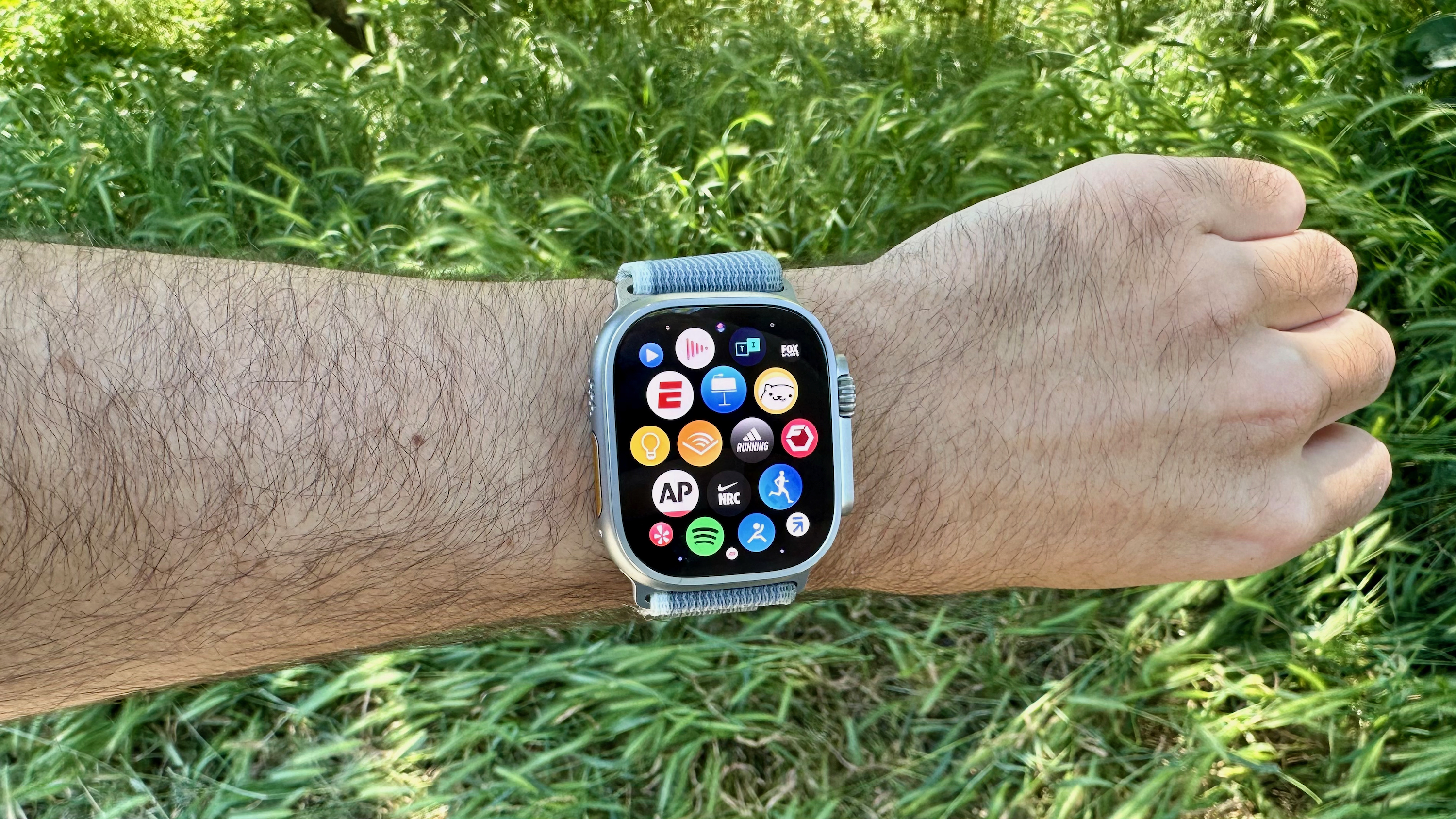
You should buy the Apple Watch Ultra 2 if…
- You want an Apple smartwatch that you don’t have to charge every day.
- You want a baseline of fitness accuracy for workouts in a traditional smartwatch.
- You prefer having a variety of third-party workout app options.
- You want a standalone watch that’ll keep working if your phone dies.
You shouldn’t buy the Apple Watch Ultra 2 if…
- You don’t want to spend a huge amount of money.
- You want training load or workout recs baked into the watch’s main software.
- You don’t want to be locked into the Apple ecosystem.
As my first Apple Watch experience, the Ultra 2 made a strong impression. I haven’t spent years getting used to (or sick of) the software, so it feels like a strong, polished experience straight away.
I didn’t have space to discuss every feature I liked, such as the Smart Stack widgets and hiking waypoints, but rest assured that you can spend months using this watch and still learn new features or discover new apps.
I spent many days wearing my Apple and Garmin watches simultaneously, and not just because of the running tests. I like Apple’s polish and responsive notifications, but I don’t want to give up Garmin because its fitness algorithm has truly helped me get more fit, even if its smarts aren’t up to par. If Apple can advance any further in its fitness journey, the Ultra 2 will become even more compelling.
As I said above, that puts pressure on the Galaxy Watch 7 Pro — or the rumored Galaxy Watch Ultra — to be more than a battery powerhouse. It needs to be a fitness powerhouse, too. The Watch 5 Pro started this with offline GPX mapping, but it needs to go much further this summer.
Your move, Samsung! Don’t let Apple own this category.
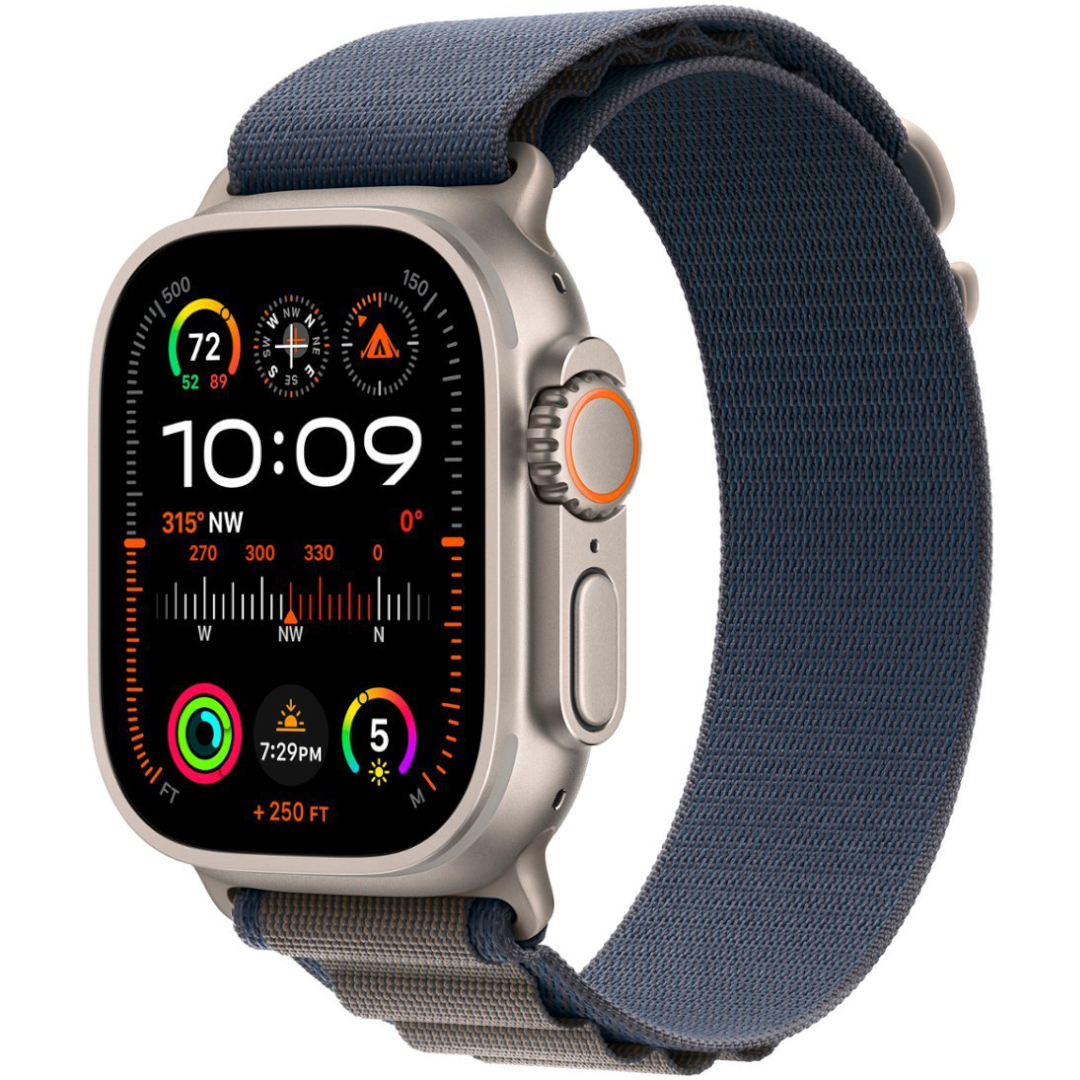
Worth getting jealous over
I can only hope that Samsung or Google start selling Ultra-style (or squircle) smartwatches of their own, because right now, Apple has the market cornered on long-lasting smartwatches with massive displays that don’t feel like a compromise to use. It has fast performance, reliable workout results, and a surprisingly comfortable fit for its size.
->Google Actualités










